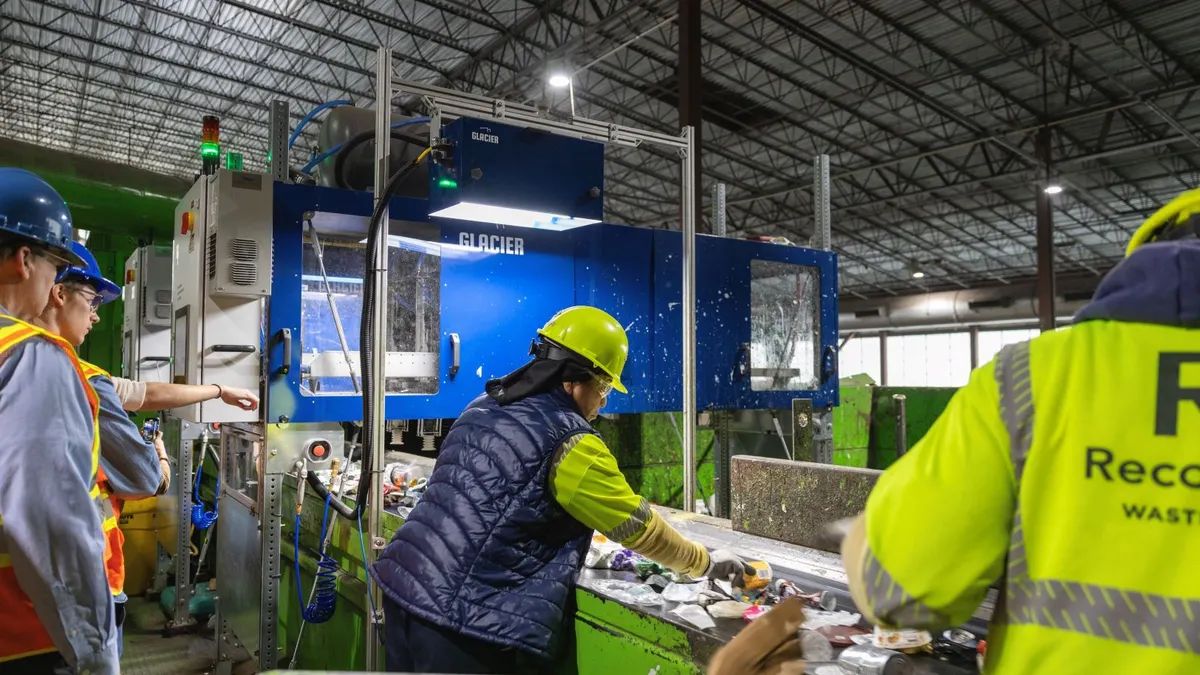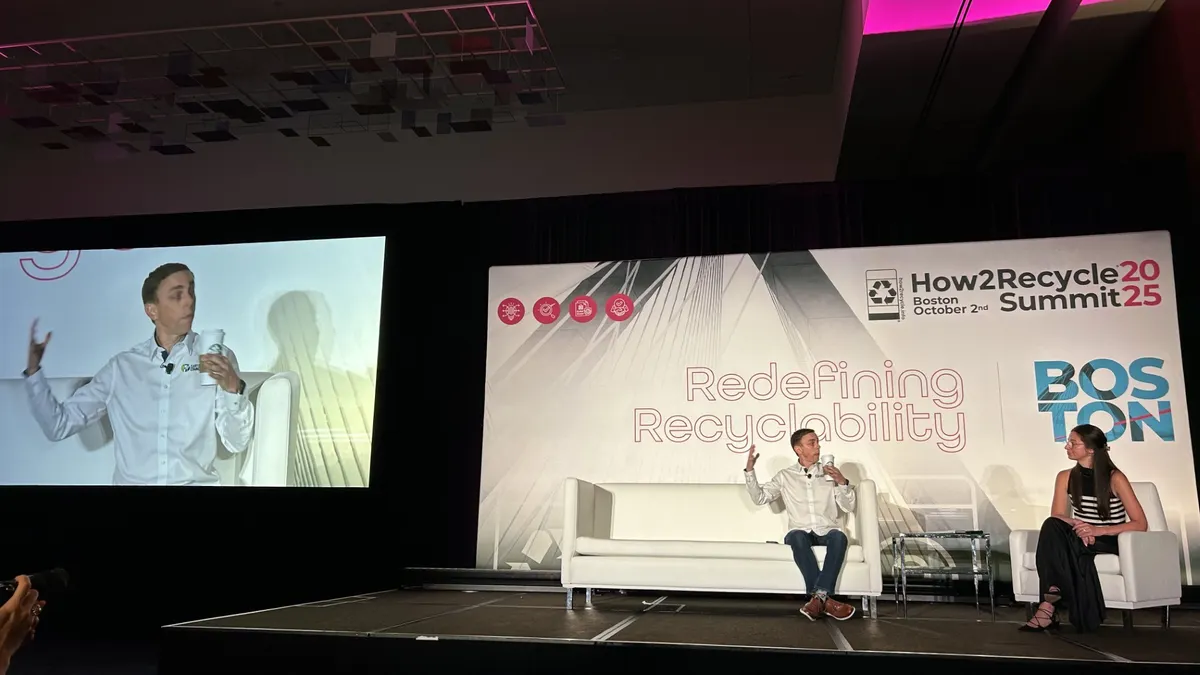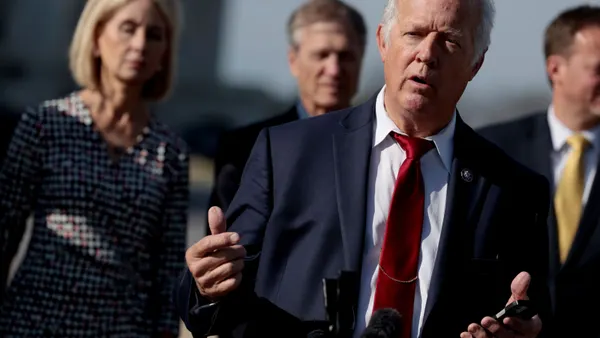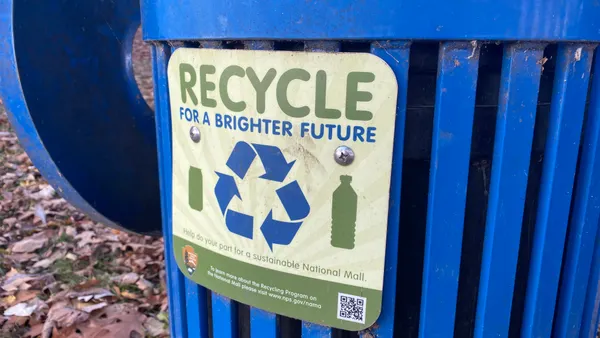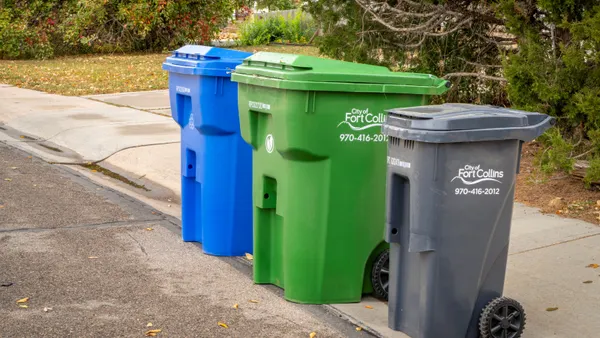Dive Brief:
- Glacier, an AI-enabled robotics sorter company, has raised $16 million in series A funding. It’s meant to scale its work to deploy its technology at more MRFs around the country and advance product development.
- Glacier also announced it has partnered with Recology in King County, Washington, to deploy robotics at Recology’s Seattle location. That facility installed the technology to help increase worker safety and access recycling data that offers insight on commodity prices, Recology said in a news release.
- Ecosystem Integrity Fund led the funding round with participation from existing investors such as New Enterprise Associates, AlleyCorp, Overture Climate VC, Amazon Climate Pledge Fund and VSC Ventures. New investors include Elysium, Overlap Holdings, Cox Exponential, Alumni Ventures, One Small Planet and Working Capital Fund, Glacier said.
Dive Insight:
Glacier, which launched in 2019, has spent the last few years expanding its reach and defining its niche in a field of competing AI-powered robotics companies. Glacier aims to offer “low-cost, high-performance robots” that can be installed in a smaller footprint. Glacier also offers data collection services meant to help customers analyze their streams.
Glacier has worked in the last few years to foster partnerships with brands like Amazon and Colgate-Palmolive to offer real-time data on packaging recyclability metrics for specific items such as toothpaste tubes and shipping packaging. In 2024, Glacier announced a $7.7 million funding round from Amazon’s Climate Pledge Fund, as well as New Enterprise Associates and other investors, as part of that partnership.
“There’s tremendous potential for advancements in AI to bring clarity to our recycling supply chain,” said Areeb Malik, CTO and co-founder of Glacier, in a statement.
The new $16 million funding round comes as Glacier has expanded its presence in what it considers its major markets of San Francisco, Los Angeles, Chicago, Detroit and Phoenix, said Rebecca Hu-Thrams, CEO and co-founder.
“Our customers are always trying to do more with less” in an effort to recover more material, clean up bales and improve purity rates, she said in an interview. At the same time, these companies are “pushed from all angles to achieve higher and higher operating metrics,” prompted by state legislation, municipal contracts and consumer pressures, she said. In a news release, Glacier also mentioned the potential to help “on-shore critical manufacturing capabilities.”
Those economic and policy pressures have offered Glacier an opportunity to grow as a company and position itself as an equipment provider that can also help MRF operators gain long-term insight into their material streams and operations.
“We urgently need innovative solutions to process and recover valuable, recycled resources more efficiently," said Sasha Brown, partner at EIF, in a statement.
Recology’s recent adoption of Glacier technology at its Seattle MRF is an example of that, Hu-Thrams said. “It’s such a great public example of us working with a MRF operator who already really runs a wonderful operation with lovely community partnerships, and they're delivering really strong recycling results,” she said.
The two companies have already partnered on AI-enabled equipment in other Recology locations, and the addition of Glacier technology in Seattle further helps to improve worker safety and reduce contamination, said Sal Coniglio, CEO of Recology, in a statement. The King County system includes four robots and four vision systems. The technology can sort more than 30 types of materials and can perform up to 45 picks per minute.
“After seeing Glacier's technology in action at our other facilities, it became clear they offered a faster, safer, and more accurate way to recover valuable materials back into the circular supply chain," he said.
Hu-Thrams said Glacier aims to continue tailoring its MRF technology, most of which face similar macroeconomic pressures from supply chain concerns, possible tariff impacts and policy-related pressures. MRF upgrades can help improve recycling infrastructure in the U.S., which in turn can help create more jobs and improve the country’s overall economic resilience, she said.
“While MRFs generally do the same job, no two MRFs are quite the same,” she said. Some customers are already meeting high purity and recovery rates and are looking for equipment that can collect granular data to help them maintain those rates. Others are looking for a way to replace hard-to-fill manual sortation jobs so they can raise recovery rates.
“Our automation can come and play as a stopgap to help augment their labor force, while also providing opportunities to upskill their workforce to actually learn how to interact with and maintain and repair cutting edge innovation,” she said. “Regardless of the size of your MRF or where you're geographically located, we're seeing that the demand [for AI technology] is rapidly growing.”
This story first appeared in the Waste Dive: Recycling newsletter. Sign up for the weekly emails here.


